Anatomy and Physiology - A&P 1 > CASE STUDY > BIOS 256 Week 1 Case Study: Upper GI (GRADED A) (All)
BIOS 256 Week 1 Case Study: Upper GI (GRADED A)
Document Content and Description Below
Scenario/Summary History: Mrs. T is a 45yr old female who reports frequent heartburn and regurgitation of acid into her mouth for the past 3 months. There is no change in her usual eating ha... bits, or in her weight. She has no problem with swallowing, food getting stuck, or respiratory issues. There is no abdominal pain. She has tried taking over the counter antacids, such as calcium carbonate (Tums), with only a little relief. Physical: Body Mass index (BMI) is 28. She is alert and well-nourished. Exam including oropharynx, neck, chest and abdomen are normal. Assessment: Gastroesophageal reflux Deliverables Answer the following questions based on the scenario and article above and save your responses in a Microsoft Word document. Provide a scholarly resource in APA format to support your answers. 1. Outline the path that a bolus of food would take from the mouth to the duodenum. This should include any sphincters. • The food is chewed and is then formed into a small ball called the bolus, it is then pushed to the back of the mouth by the tongue and involuntary muscles in the pharynx contract allowing the bolus to push down into the esophagus. In the esophagus the bolus is pushed through by rhythmic contractions of the walls. The food is then mixed with gastric juice and the muscular contractions in the stomach reduce the food to chyme. The pyloric sphincter slowly releases chyme into the duodenum. It takes 3-5 hours from entry of the duodenum to exit from the ileum. The small intestine’s structure of folds, villi and microvilli increases the absorptive surface area and allows for maximum exposure to enzymes and complete absorption of the end products of digestion. Small amounts of chyme are ejected from the stomach into the duodenum. The chyme is then mixed with secretions from the pancreas and gall bladder (Food’s journey through the digestive system. (2014). 2. Describe the digestive function of each of the areas of the upper GI tract that are mentioned in Q1. • Mouth- allows the break down of food by chewing and allowing the salivary glands to produce saliva to moisten food so that it is easier to go through the esophagus. • Pharynx- Allows the transport to the esophagus and making sure it goes into the esophagus and not the windpipe. • Esophagus- Allows transport from the mouth to the stomach. • Stomach- the stomach has 3 functions the storage of food, the breakdown of food, and digestion of food. • Small intestine- carries out most of the digestive process and absorbs almost all the nutrients you get from food into the bloodstream. • Duodenum- responsible for the continuous breakdown process. 3. Describe the anatomical problem that causes gastroesophageal reflux. • The anatomical problem that causes gastroesophageal reflux (GERD) is fluid that is refluxed from the stomach that irritates or damages the esophagus and low acid intolerance, prescription drugs, alcohol and tobacco can cause GERD (Causes of GERD - chemical and anatomical. (2018). 4. Research to find out the names of 2 medications that are used to treat GERD. • Cimetidine (Tagamet) • Omeprazole (Prilosec, Zegerid) 5. How do each of these medications work to relieve symptoms? • Cimetidine (Tagemet) is a Histamine-2 (H2) Blocker for heartburn and reflux. It works by reducing the amount of acid in your stomach (Prescription Drugs for Heartburn and Reflux. (2003). • Omeprazole (Prilosec, Zegerid) is a Proton Pump Inhibitors (PPIs) for Heartburn and Reflux these are used if your case of GERD is more serious and can be more effective than H2 blockers. This medication helps heal acid damage to the stomach, esophagus, and helps prevent ulcers (Prescription Drugs for Heartburn and Reflux. (2003). References Causes of GERD - chemical and anatomical. (2018). GERDHelp.Com. https://www.gerdhelp.com/about-gerd/causes/ Food’s journey through the digestive system. (2014). Science Learning Hub. https://www.sciencelearn.org.nz/resources/1849-food-s-journey-through-the-digestive- system Prescription Drugs for Heartburn and Reflux. (2003). WebMD. https://www.webmd.com/heartburn-gerd/guide/prescription-treatments Saladin, K. S. (2020). Anatomy & Physiology: The Unity of Form and Function. [VitalSource Bookshelf]. Retrieved from https://online.vitalsource.com/#/books/9781260791563/ [Show More]
Last updated: 1 year ago
Preview 1 out of 4 pages
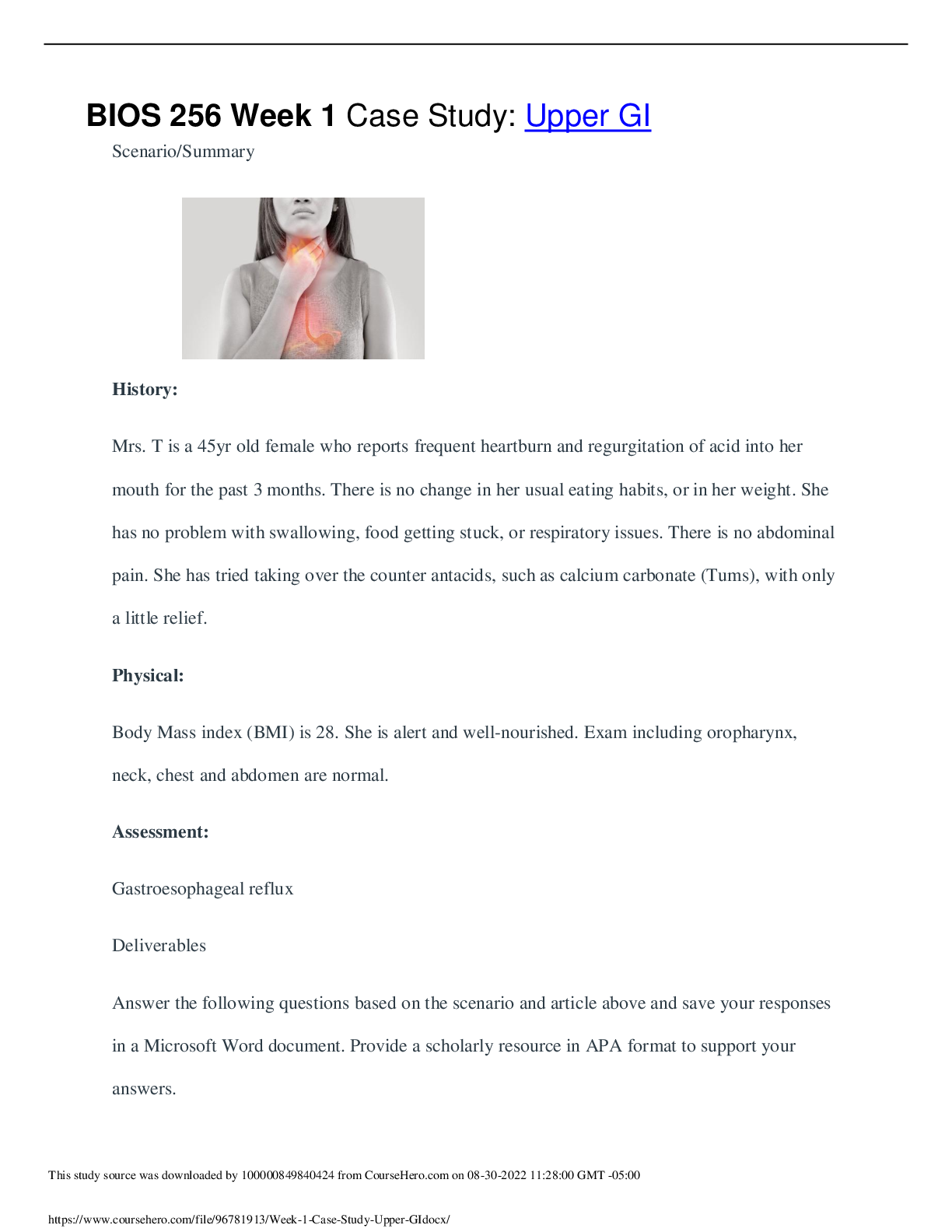
Reviews( 0 )
Document information
Connected school, study & course
About the document
Uploaded On
Aug 30, 2022
Number of pages
4
Written in
Additional information
This document has been written for:
Uploaded
Aug 30, 2022
Downloads
0
Views
71
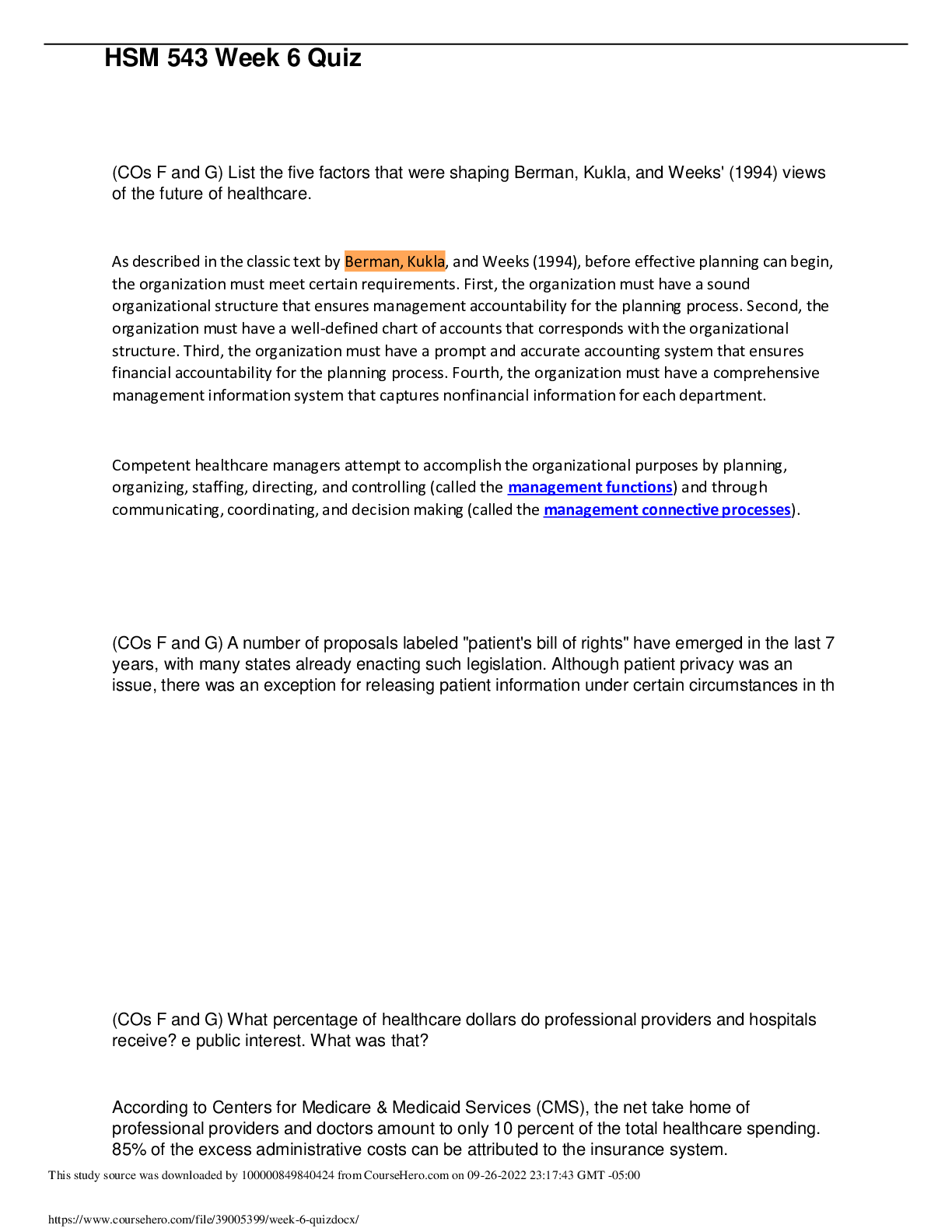



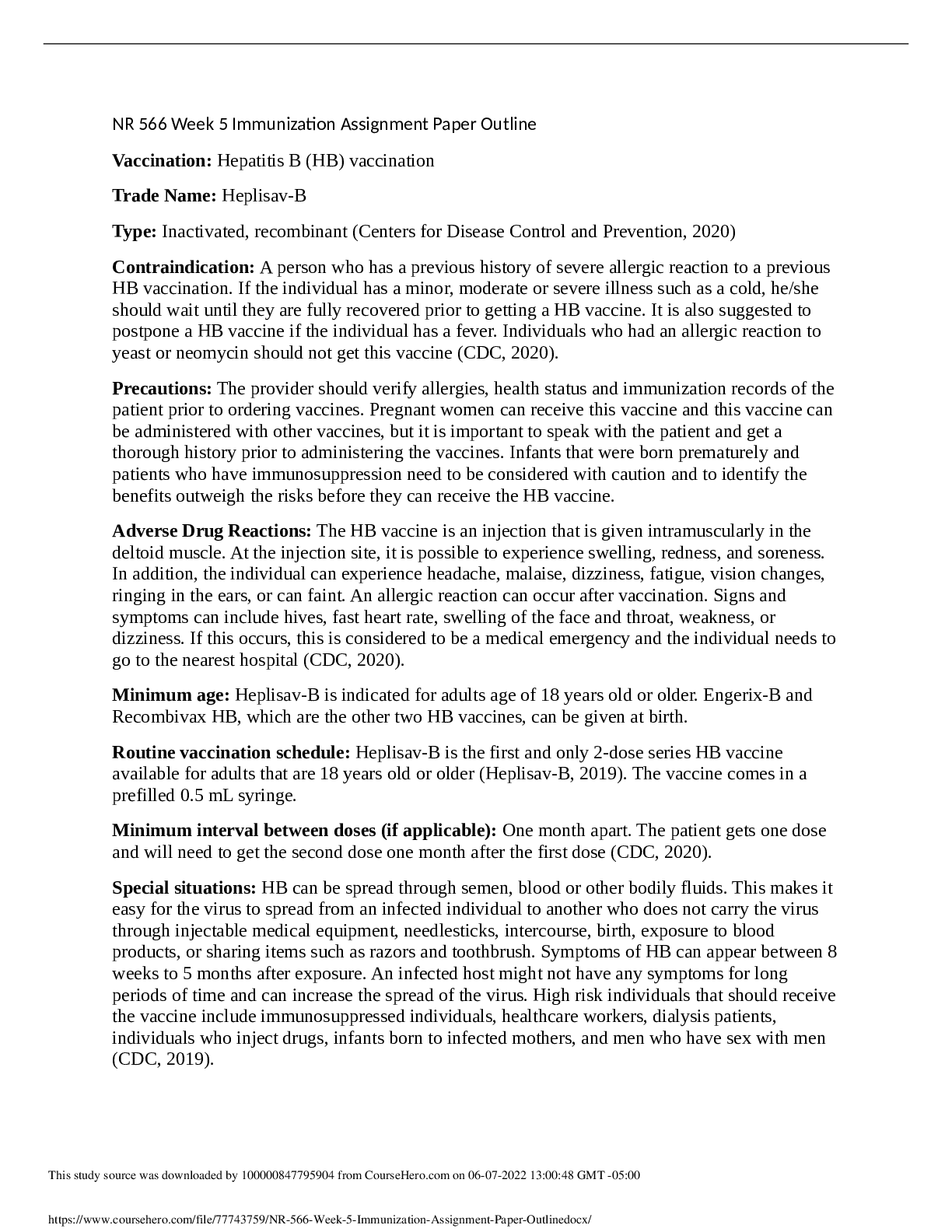
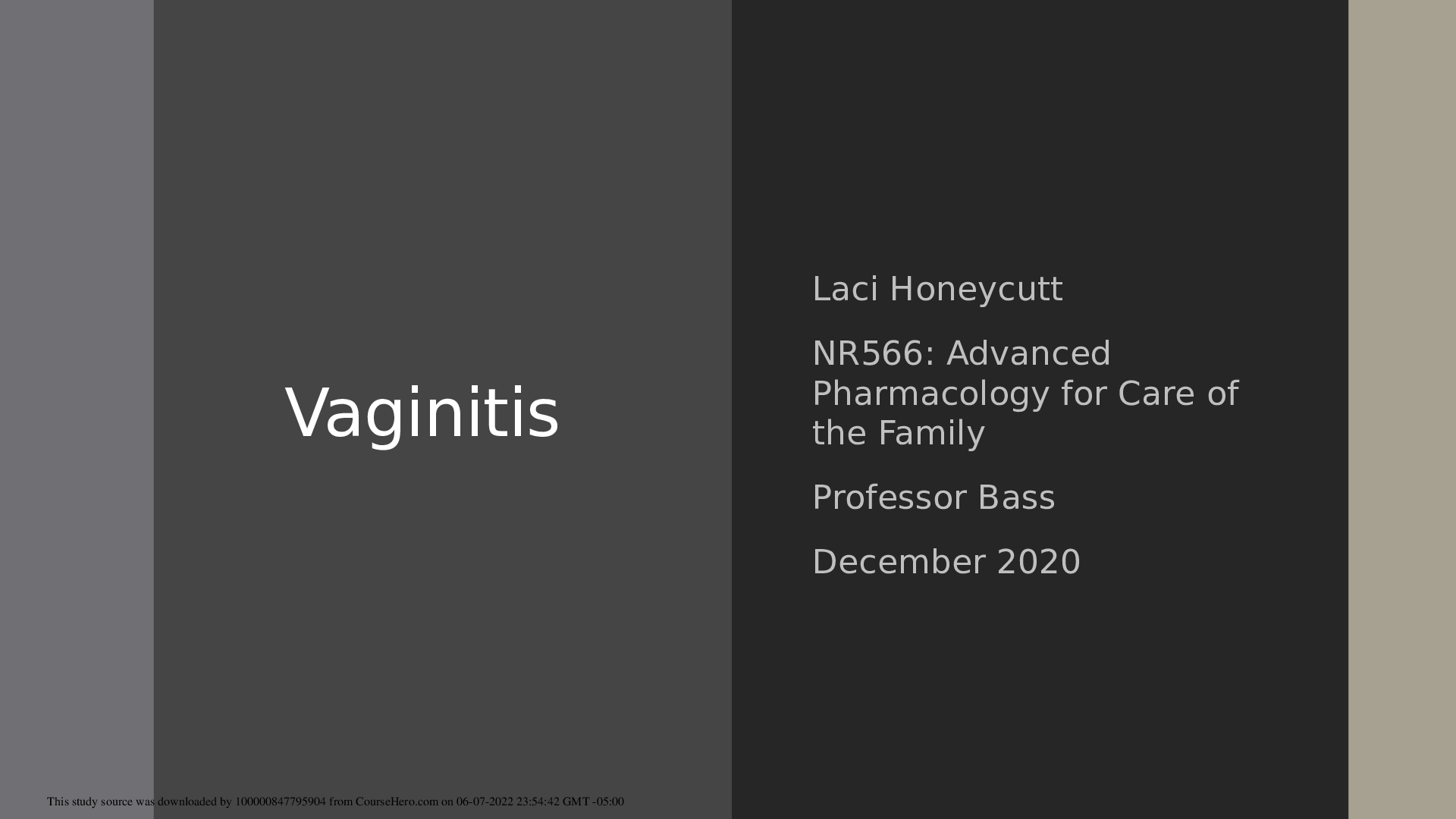
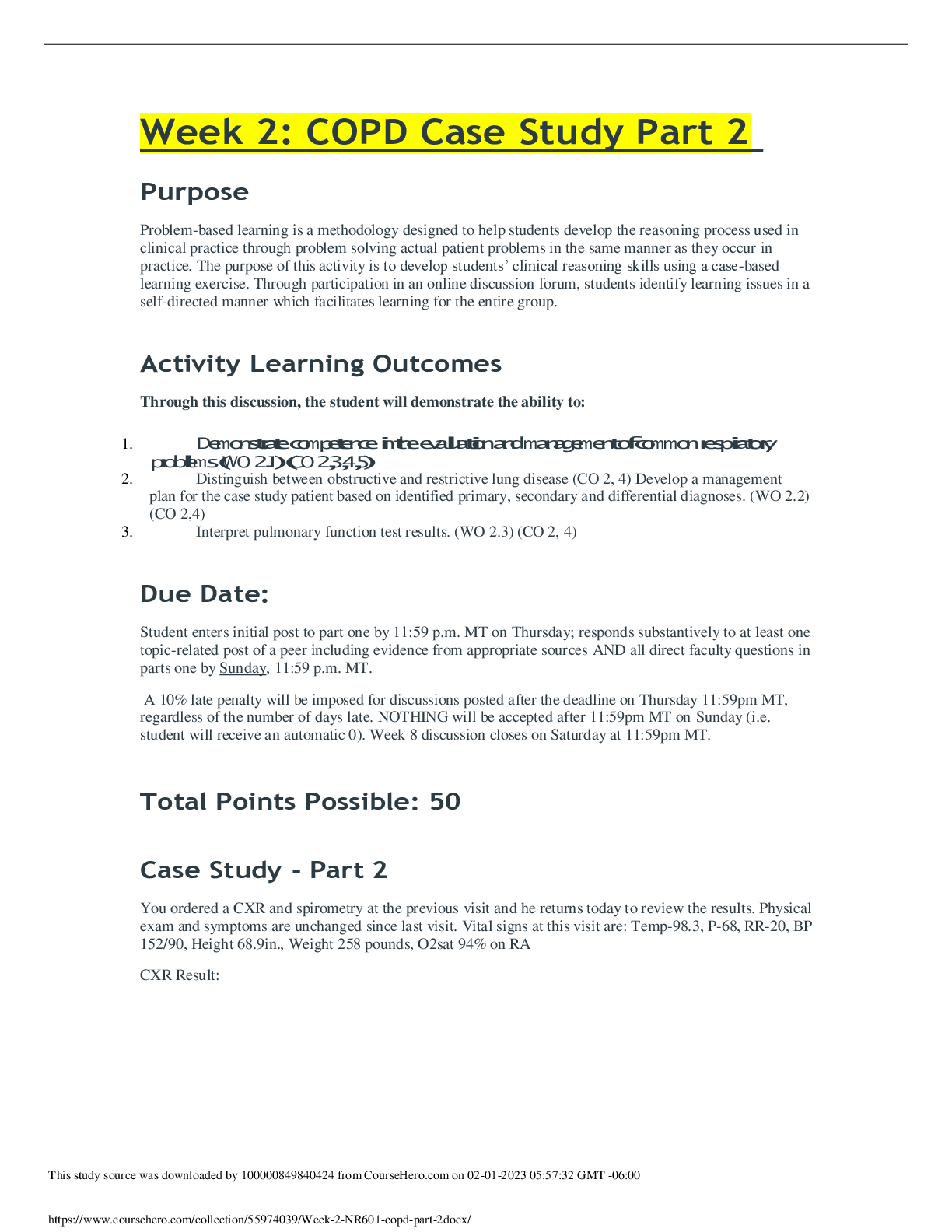
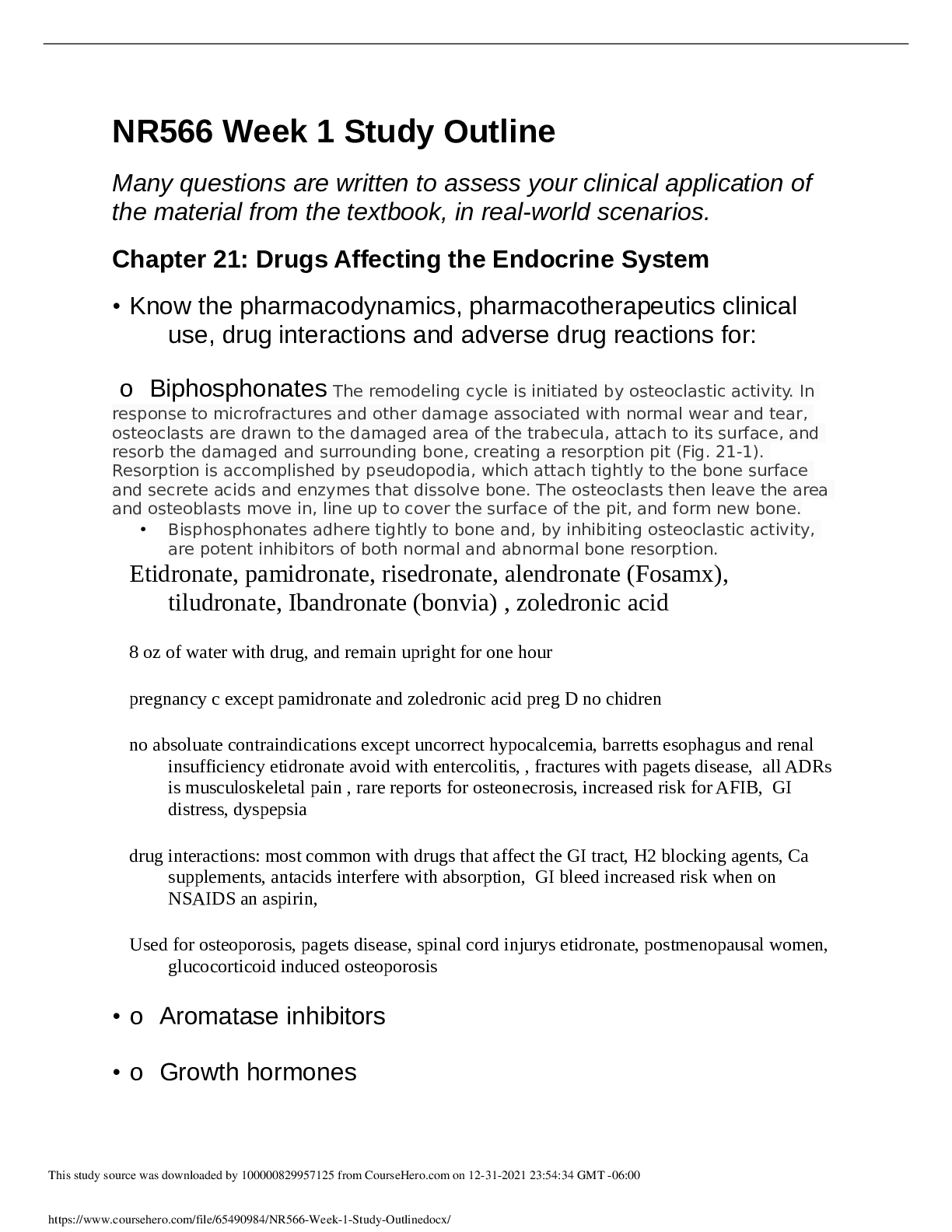
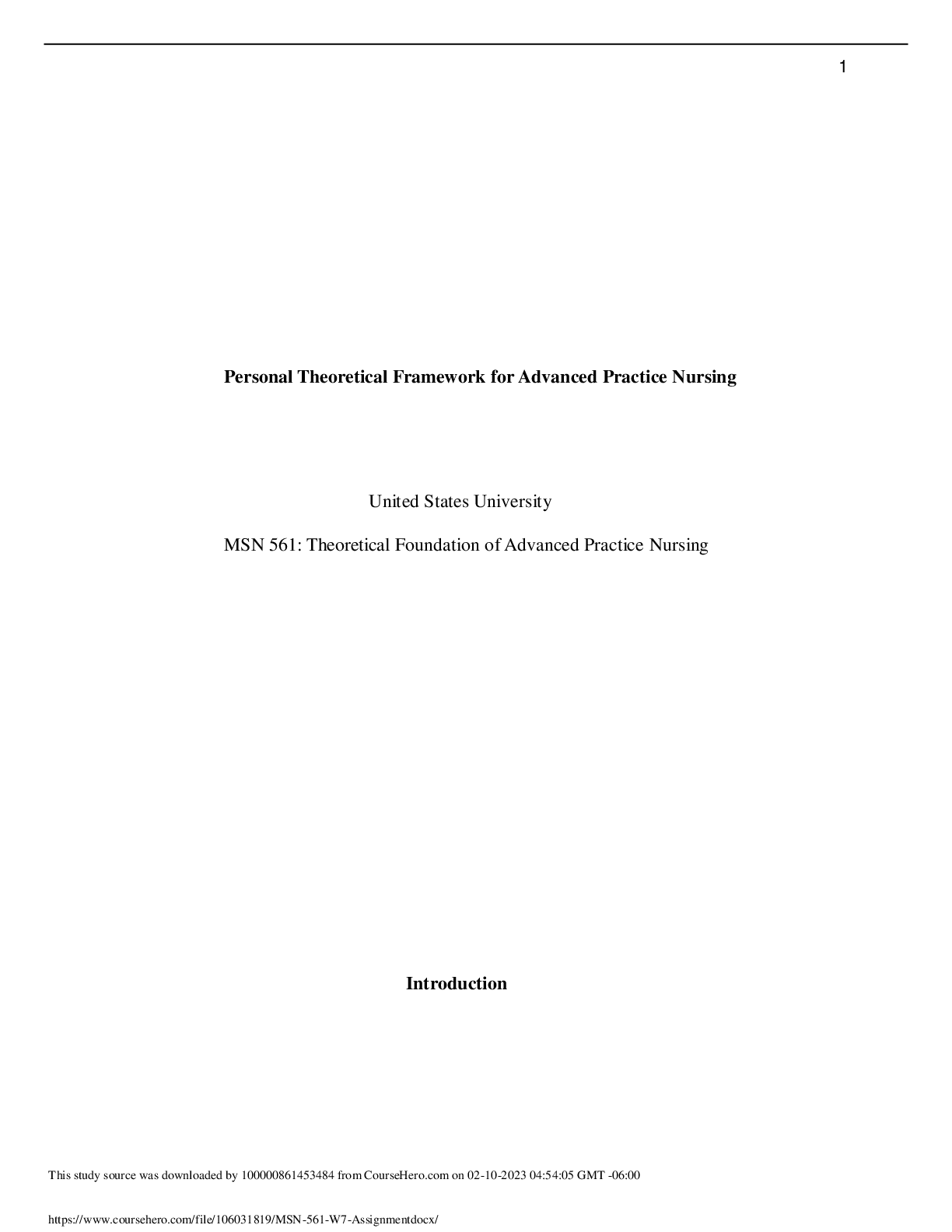
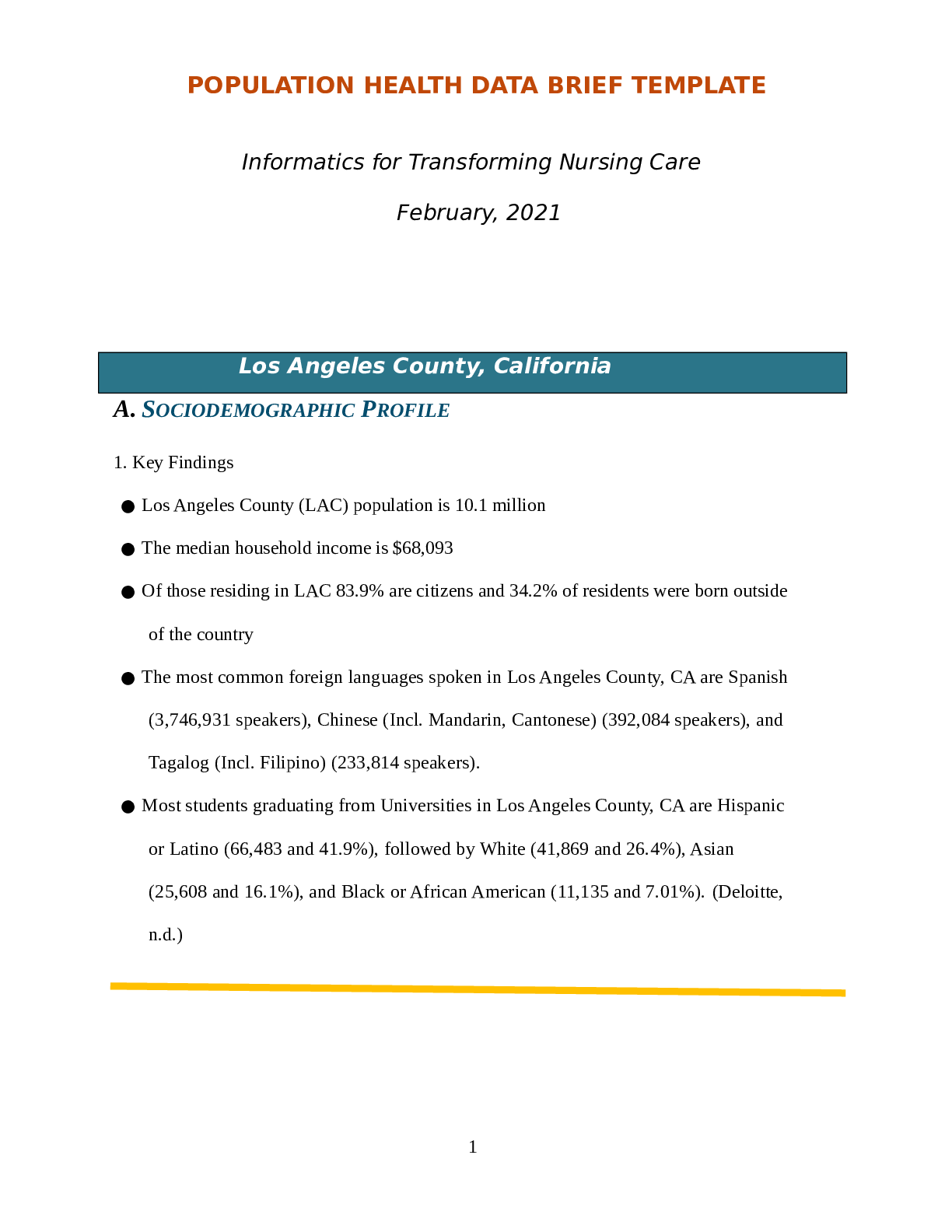

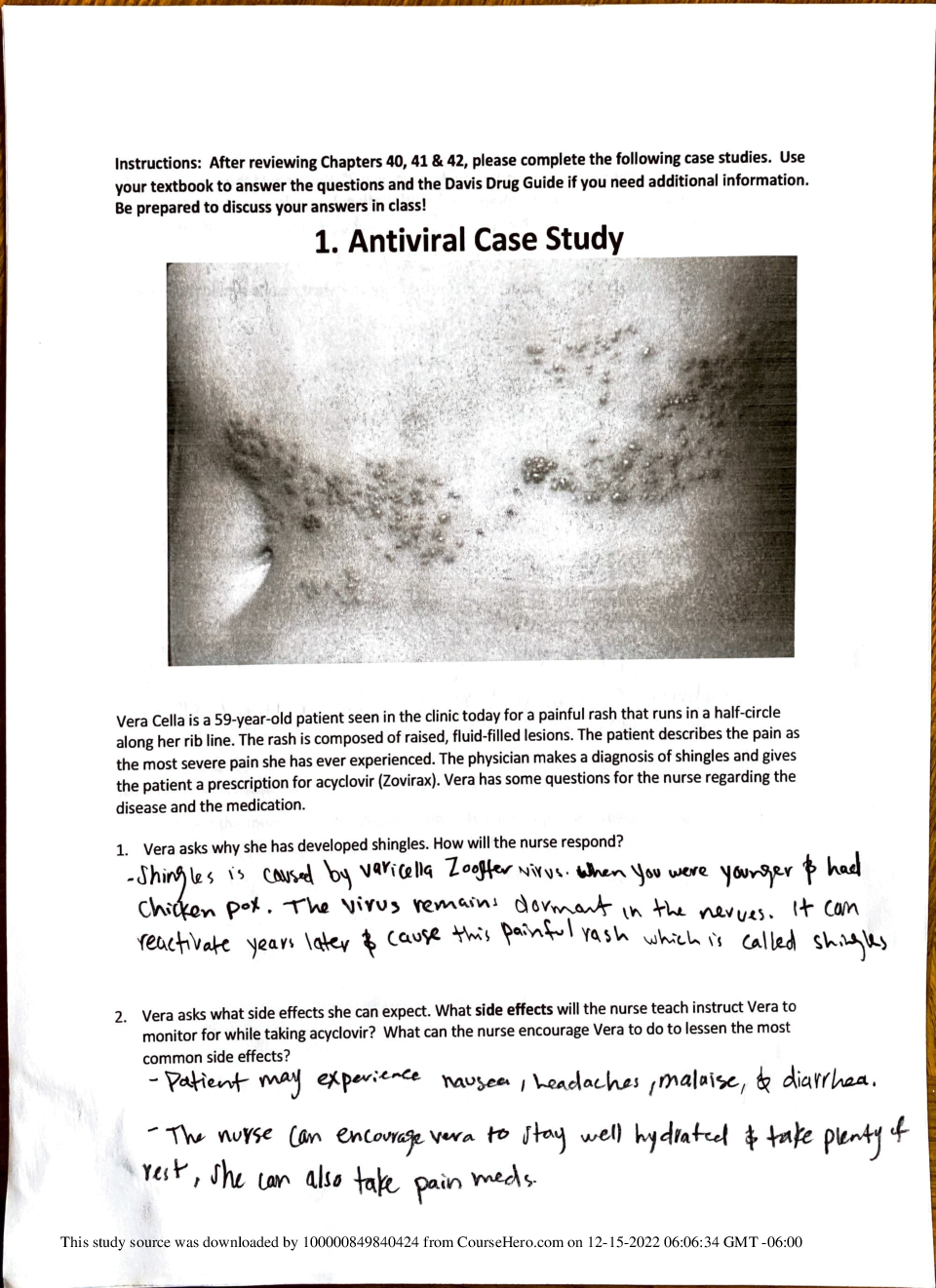


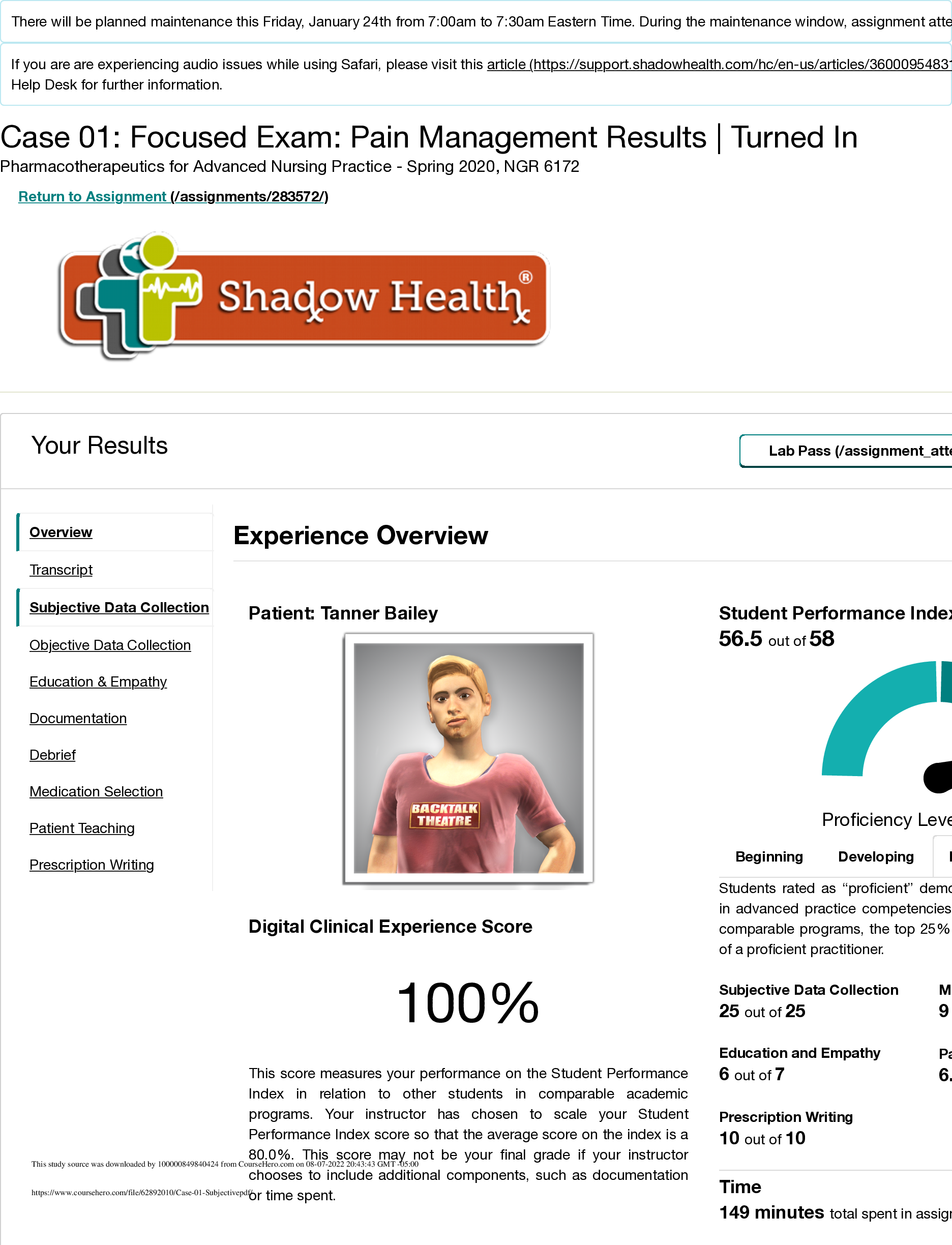


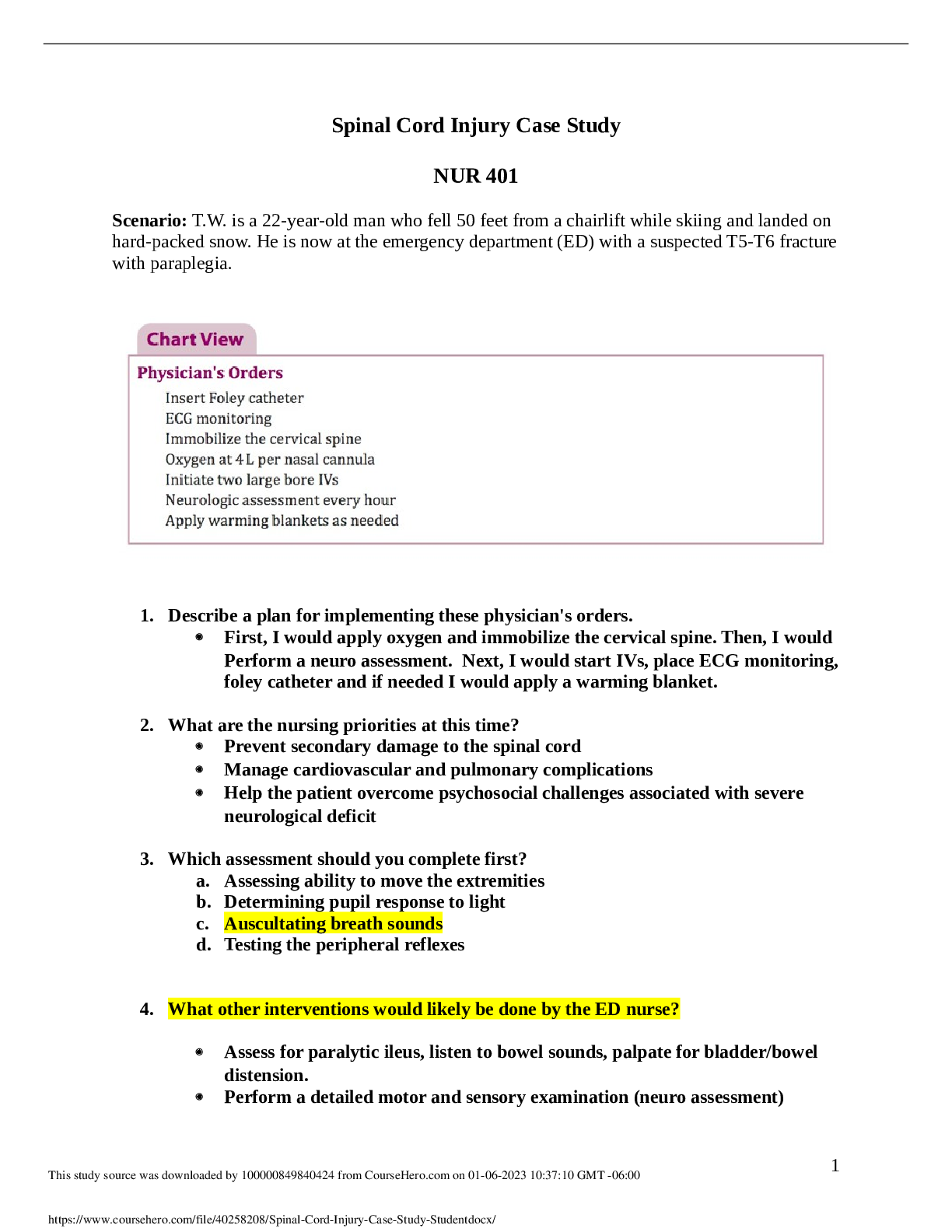

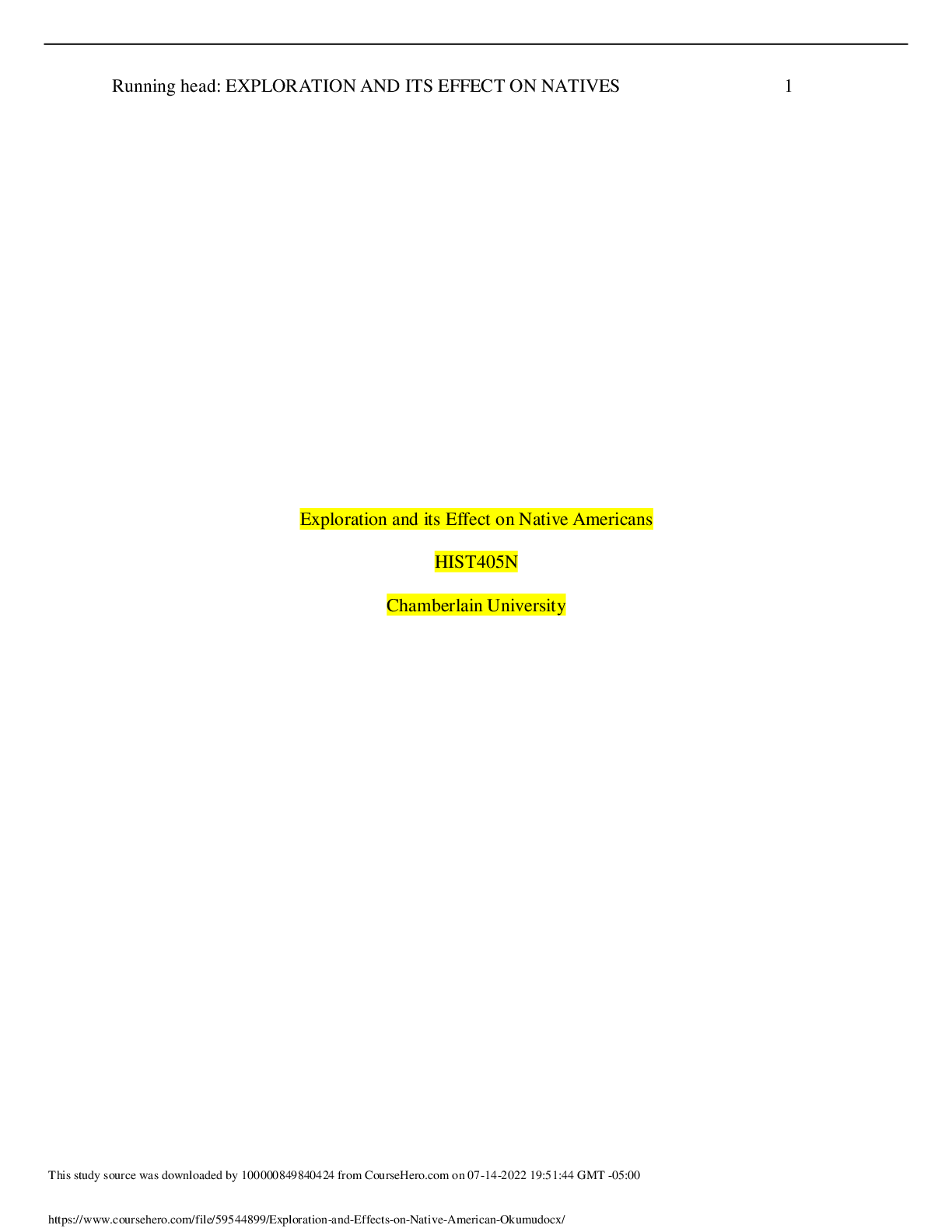
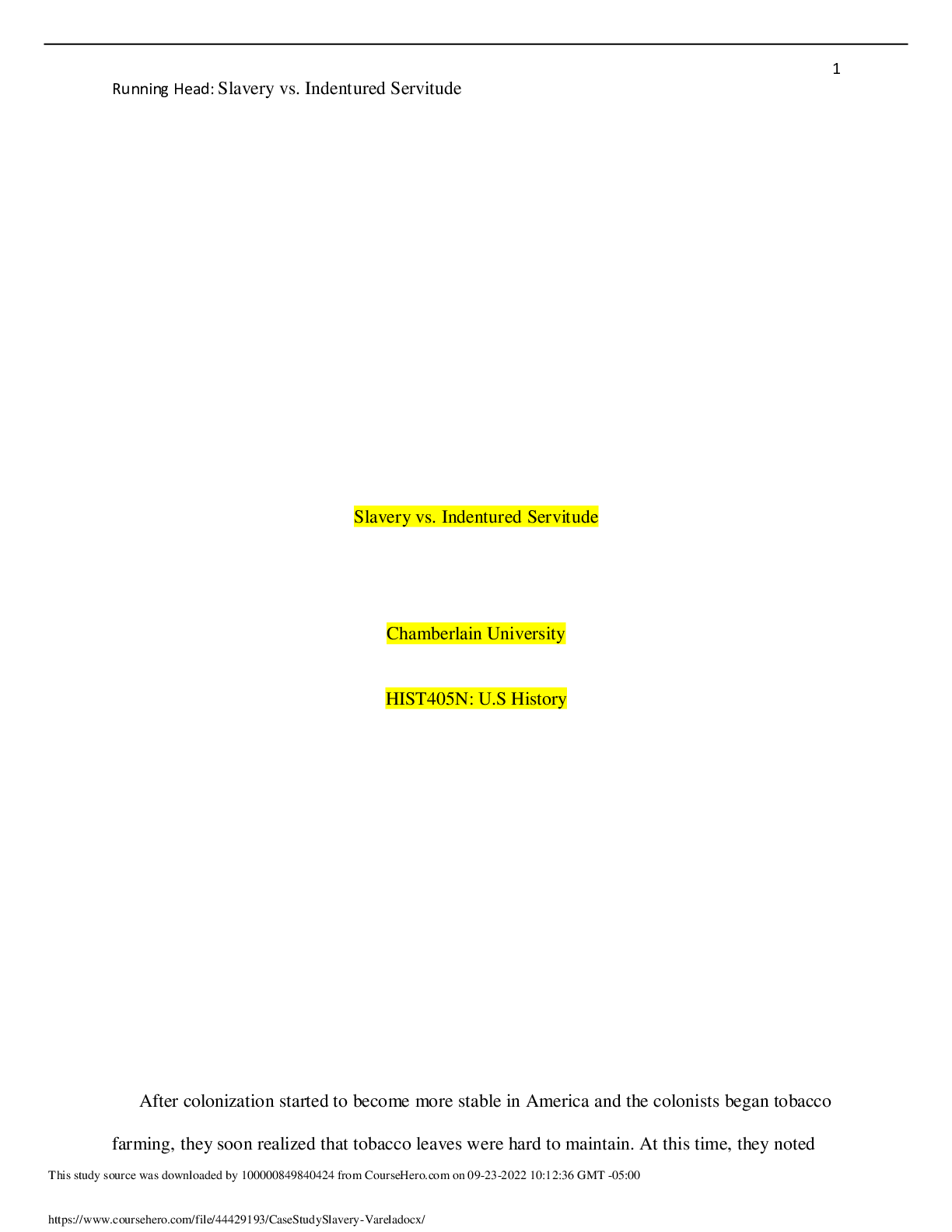

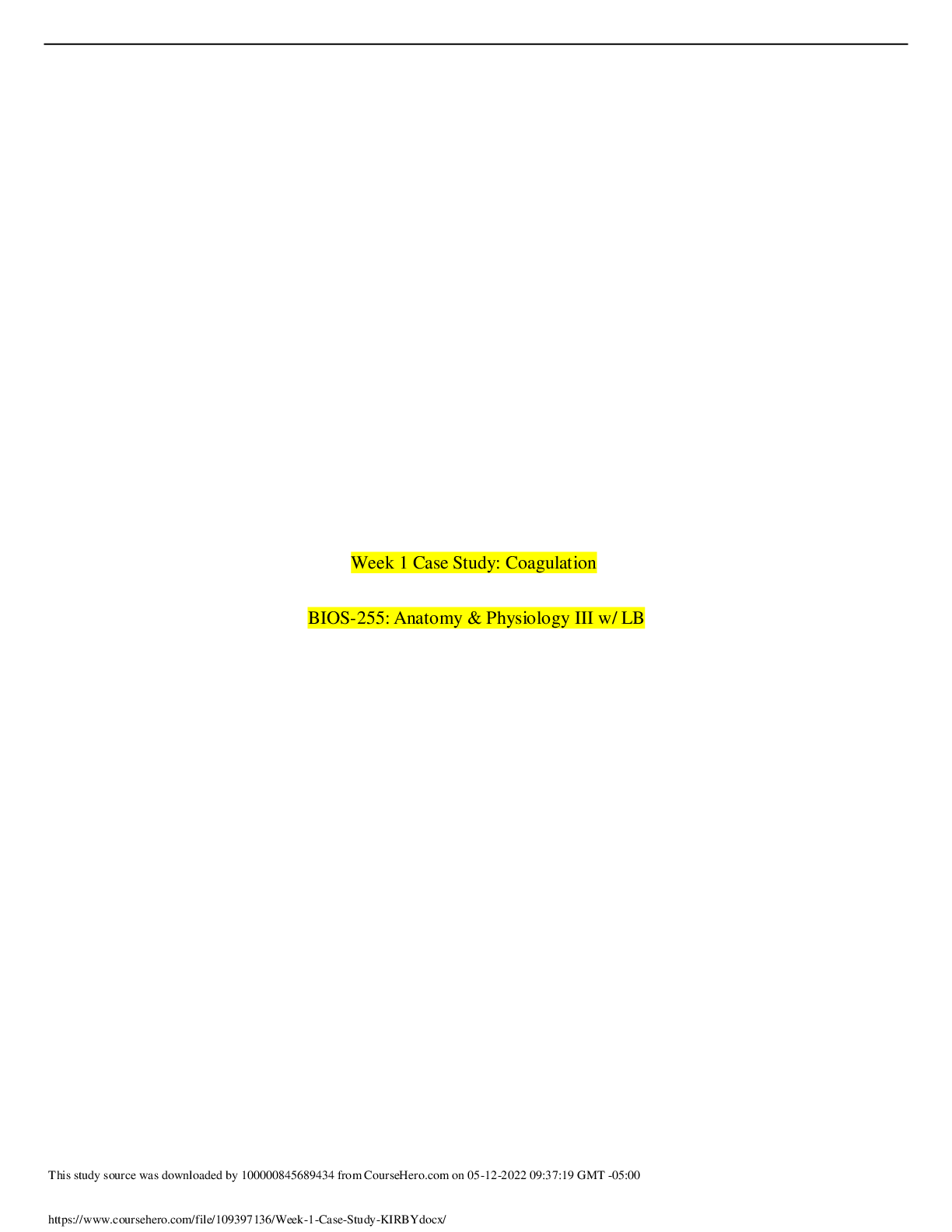
.png)

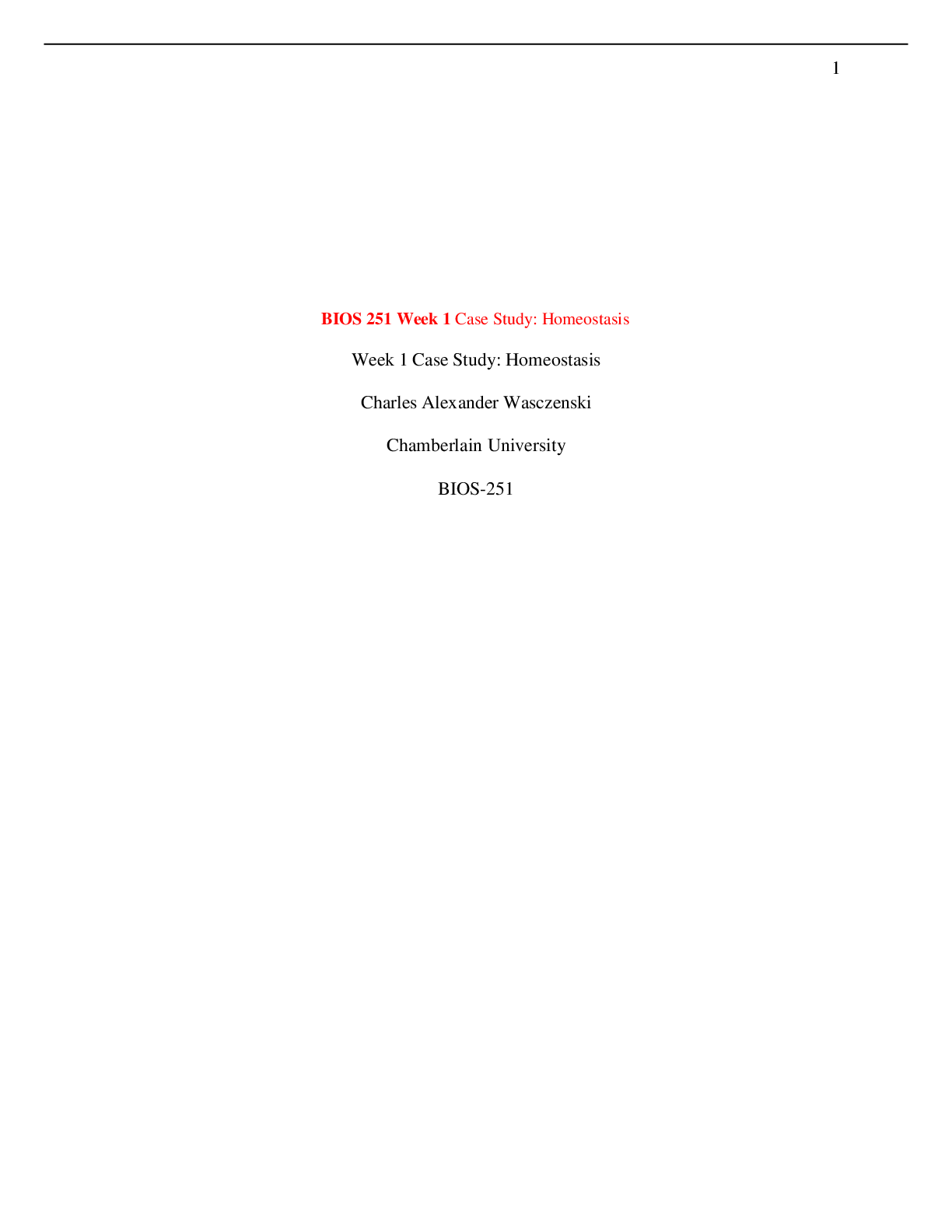
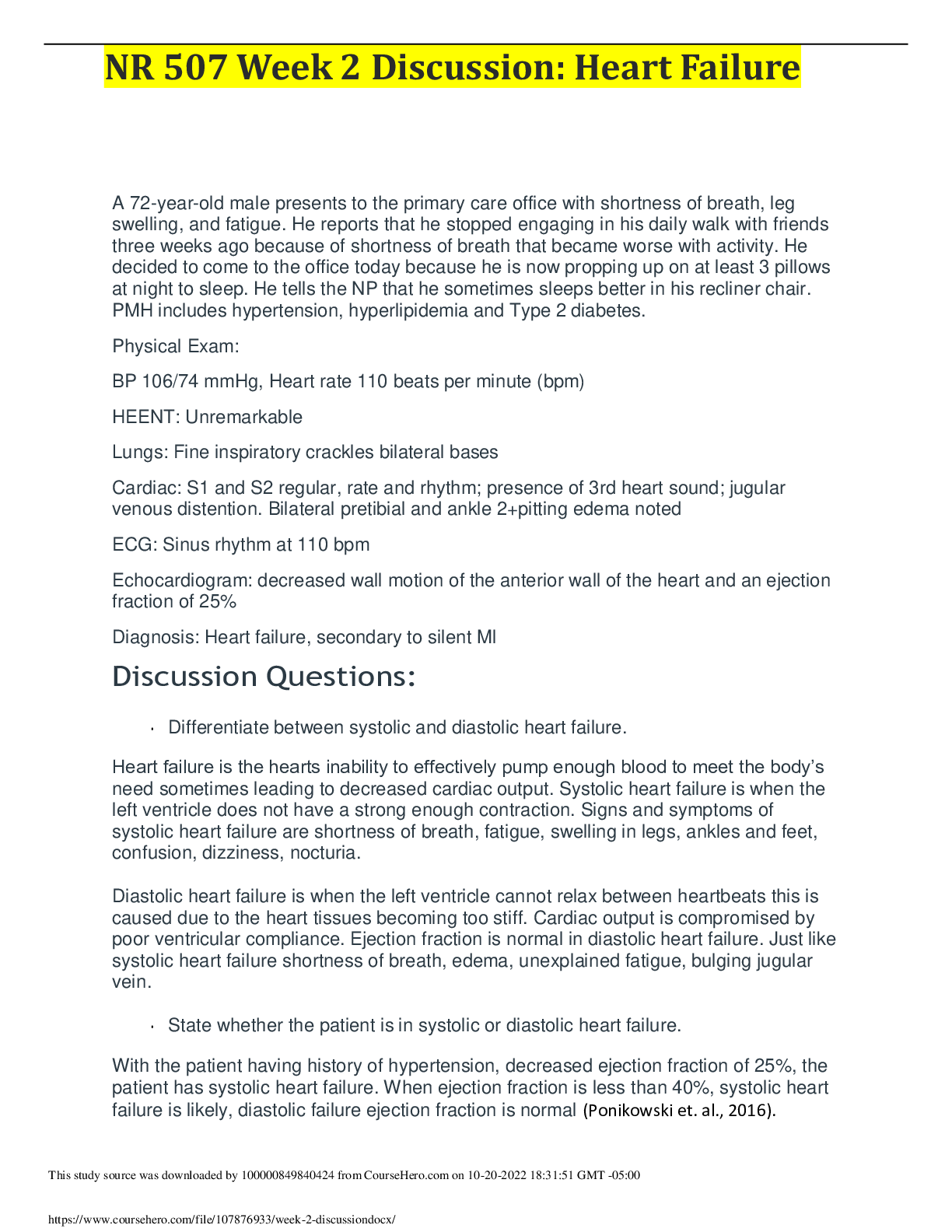

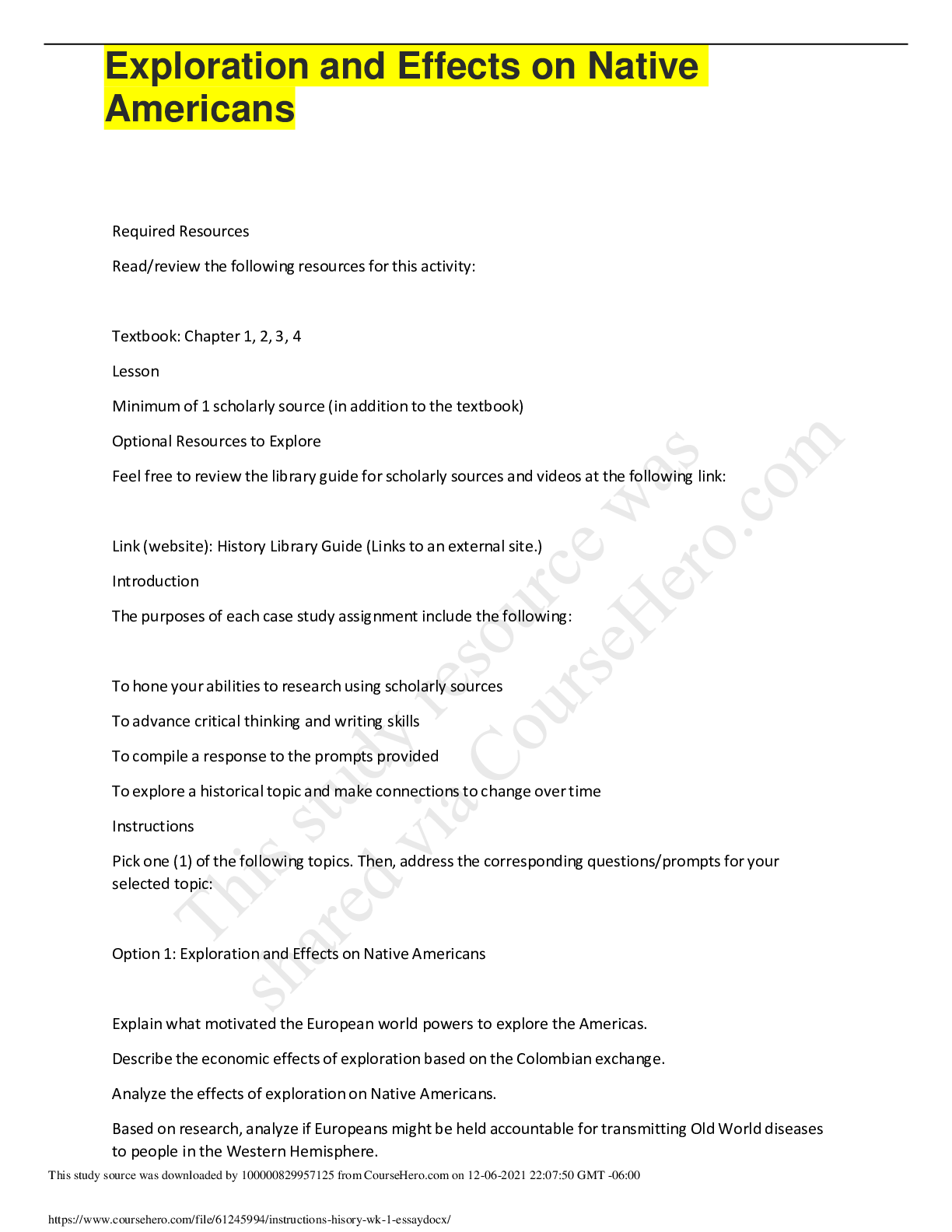




.png)


